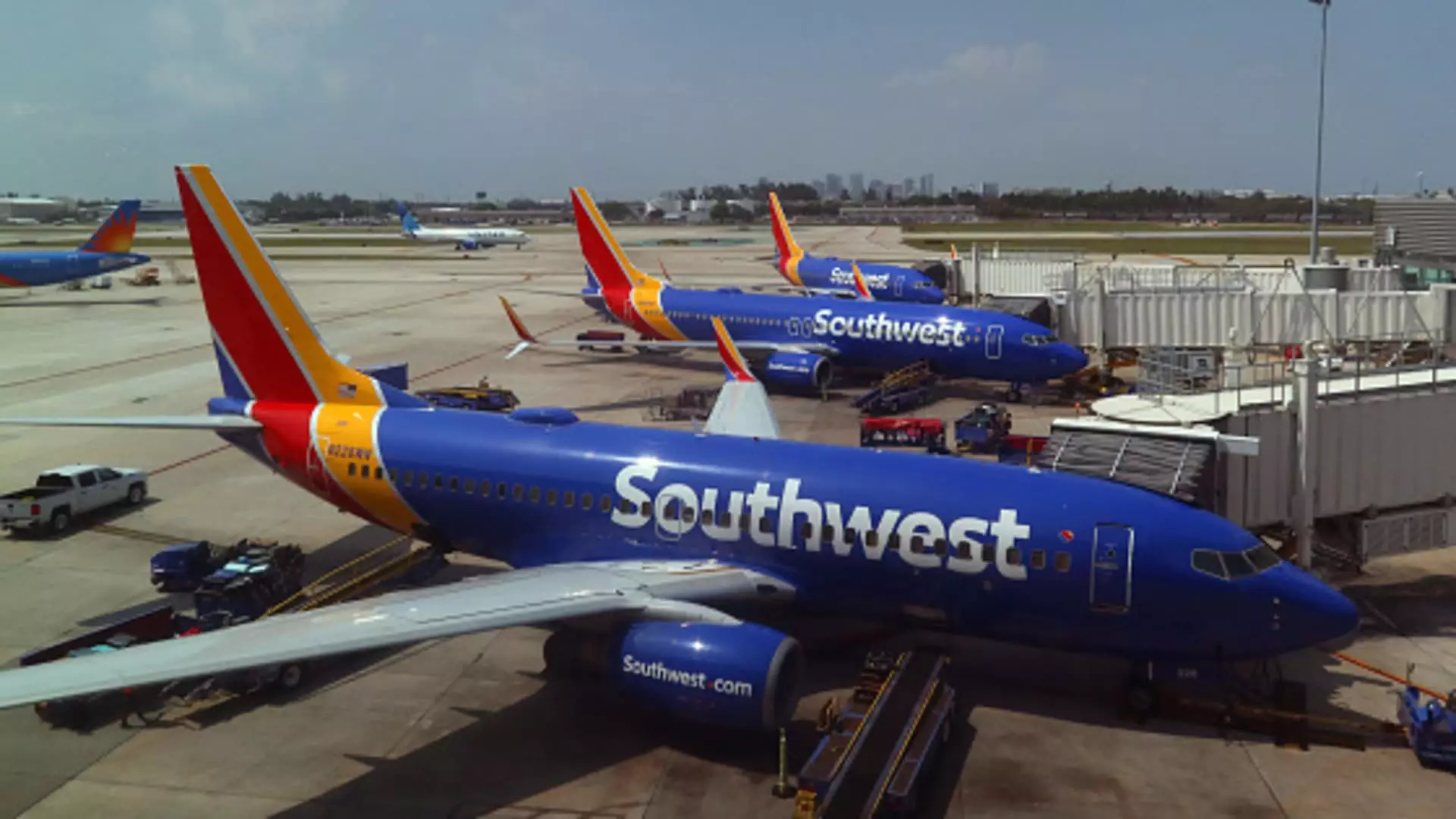Southwest Airlines, like many others in the industry, is facing challenges due to an oversupplied U.S. market. This oversupply has resulted in airlines being forced to discount tickets during what is typically the most lucrative period of the year. The company has forecasted a potential drop in unit revenue for the third quarter, with a possible decline of up to 2% compared to the previous year. Additionally, nonfuel costs are expected to rise as much as 13%, putting further pressure on the airline’s financial performance.
In the second quarter, Southwest Airlines reported a 4.5% increase in revenue to $7.35 billion, a record for the company. However, despite the revenue growth, profit decreased by more than 46% to $367 million, or 58 cents a share. This drop in profit was mainly due to external and internal factors that impacted the company’s performance, falling short of expectations. Revenue per available seat mile, a key metric for airline pricing power, also decreased by 3.8%.
Not only is Southwest Airlines facing challenges in terms of revenue and costs, but it is also in talks with Boeing for compensation. Boeing, as the sole supplier of airplanes to the airline, has been struggling to deliver aircraft on time due to safety and manufacturing issues. Southwest Airlines has revised its delivery expectations from Boeing, with only 20 deliveries expected this year, half of what was previously forecasted. This situation has put additional strain on the airline’s operations and future planning.
To address the current revenue challenges and investor pressure, Southwest Airlines announced significant changes to its business model. These changes include moving away from the open seating plan, offering seats with extra legroom on Boeing aircraft, and introducing overnight flights. These strategic moves, scheduled to begin next year, aim to make Southwest Airlines more competitive against its network carrier rivals. CEO Bob Jordan emphasized the importance of these changes in mitigating short-term challenges and driving long-term growth for the company.
Other major airlines like Delta Air Lines and United Airlines have also been monitoring the market closely. Executives from these airlines have indicated their expectation of U.S. capacity moderating in August, which could lead to a potential increase in fares. This changing industry landscape and competitive dynamics are forcing airlines to rethink their strategies and make necessary adjustments to stay competitive in the market.
Southwest Airlines is facing a challenging period due to oversupply, cost pressures, delivery delays from Boeing, and investor demands. The company is taking proactive steps to address these challenges through strategic changes and transformation initiatives. The airline industry as a whole is witnessing shifts in market conditions, requiring companies to adapt quickly and efficiently to secure their position in the market. Southwest Airlines’ ability to navigate these challenges and implement effective solutions will be crucial for its long-term success and growth.

